DIY Damp Proofing
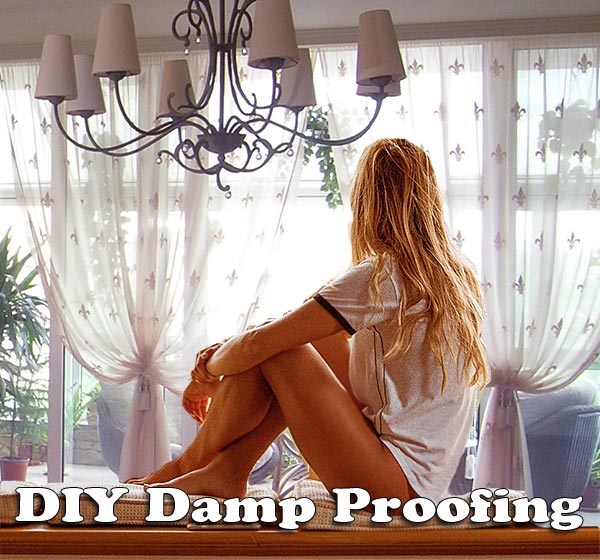
Many buildings encounter rising dampness, discoloration due to oils, salts and acids and also due to natural forces such as wind and rain. These can affect the surface plaster of the building and cause damage not only to the external beauty but also to its structural integrity.
Damp proofing is a protective measure that is employed to prevent moisture or dampness to pass through the walls of exterior and interior surfaces of buildings.
While the 'capillary action' in a damp proof course acts as a horizontal barrier in a wall designed to prevent moisture, a 'damp proof membrane' performs a similar action on the surface of a floor.
Since damp proofing methods were not regularly used until the 1950s, many of the older properties are not protected at all.
Damp proofing walls
Rising dampness is one of the biggest reasons for property damages around the world. Normally various methods are recommended for preventing dampness on the inside of a defective wall. But the most effective method to combat this problem is to deal with it from outside.
A damp proofing wall coating is one of the most effective ways to prevent damage done to rising water. The home should be first of all checked and prepared before the treatment is done as otherwise there is a danger that the wall coatings could trap water inside the bricks.
Dampness is usually sucked into the internal fabric of a building by the holes in bricks and masonry. This is just like a tiny straw drawing the liquid. Once a saturation level is reached, the fabric of the building will begin to swell, and distort leading to mold, crack and other problems. Coatings for damp proofing prevent such water rise and also repel it with a clear film that prevents water entry.
Damp proofing cost
While the cost of repairing a structure is costly, coating the walls with damp proofing is economical and could save a lot of money. Structural repairs also involve surveys, rebuilding certain vital parts of the house and also demolition in some cases. Whereas, damp proofing will only incur a fraction of the cost. The other advantage is that the property is protected for years with damp proofing wall coatings.
Steps in damp proofing walls
The first step is to undertake a survey. Of course, there is no point in damp proofing already saturated walls.
A qualified engineer has to look into the property to deliver possible recommendations about the existing level of dampness in the building.
The next step is to apply the damp proofing wall coating to those parts of the property that have little or no damp. A simple annual touch up is all that is needed to keep the walls sturdy for the next five decades.
Houses which already have a high level of dampness in their bones will have to undergo water extraction without any further delay. Only after the water is removed from the walls, the damp proofing wall coating can be applied to the dry wall and these can have long lasting effects.
Homes that have walls already damp proofed will require not more than a touch up every year.
Basement damp proofing
It is estimated that over 60% of homes have a damp basement. There are three basic ways through which water can get into basements namely,
- Leakage through cracks,
- Seepage through concrete and
- Condensation
The ground temperature becomes 52 to 55 degree F. Such a damp basement can do more harm than causing a steep increase in heating and air conditioning bills. Such damp basements can cause mold and mildew, damage furnishings and also affect the health of its inmates.
Damp basement on the first floor of the house can cause the wood flooring to buckle. There is the danger of moist insulation not working well and moist air is costlier to heat.
How to assess a damp basement
If the house has a damp basement, it just feels damp. A cardboard box when placed on this floor gets moist and moldy. The concrete is wet when a rubber backed carpet is lifted.
Musty odor is a tell-tale sign of basement dampness. Efflorescence or white powder is another tell-tale sign of water seepage.
If any such sign is seen, it is better to fix it before serious damage is caused.
A damp-proof membrane is a large sheet of polythene, bituminous felt or copper sheet and this should be placed between the concrete slab and the screen on top of it. The membrane is linked to the damp proof membrane that is placed on its interior leaf of the surrounding cavity wall. This ensures that the concrete floor does not bridge the damp proof membrane in the wall.
Damp proofing paint
- First and foremost, damp proofing paints must meet two contradictory requirements namely – on the one hand act as a barrier to rain and yet on the other allow the release of moisture that comes up from the ground by capillary action.
- In other words, the paint must be like a skin and act micro porous. While it should be sufficiently impermeable to resist the penetration of rain water, it should also possess excellent porosity and adhesion to allow the entrapped moisture in the wall to escape without blistering or adhesion loss.
- High performance multi specialty coatings which are 100% acrylic solvent are used for damp proofing.
- Damp proofing must possess excellent adhesion quality whatever be the type of surface. The polymers can promote adhesion between paints and walls, thereby resisting the attack from alkalis, acids and mould growth.
- There are special paints which possess the quality to penetrate into the surface, thereby anchoring the paint film to the wall while eliminating the risk of peeling.
- Conventional water paints exhibit much higher dirt retention in all painted surfaces. Water paints also have high softening points and are smog resistant. Therefore the tendency to retain dirt is minimal and they remain clean for years.
- Most normal exterior coatings cannot serve as damp proof paints as they cannot be applied at temperature below 5 degree C. But there are special damp proof paints that can be applied even at temperatures as low as 20 degree C without drying and film formation.
- There is a danger of masonry coatings to dry too quickly when the temperature is as high as 45 degree C. Damp proof paints are so formulated that they control drying for ease of application under all temperature conditions.
- Damp proof paints are so made to withstand inherent risks such as a sudden shower spoiling the paint application. They can completely dry and stabilize even after rains. The damp proof paint does not get damaged by rain even as soon as half hour after application.
- Damp proof paints should be universally applicable and can be ideally used over all kinds of substrates, brickwork, cement renderings, concrete and stone, stucco, and plaster.
- It is essential to check that the damp proof paint does not contain any component that allows mold growth and can be attacked by micro organisms.
- Repainting for damp proof is an elaborate process and it involves elaborate surface preparations. Paints with excellent penetrative ability and such where even a single coat is sufficient should be applied.
Cellar Damp Proofing
Dampness in a cellar can occur due to different causes. For a safe and dry cellar, it is better to drain from outside, thereby preventing the water from soaking through the foundation. Drains can be laid for this purpose with open joint tiling outside of the cellar wall. The drain pipe must be laid straight upon a carefully prepared bottom and no low places in it where sediment can collect and thereby impair the efficiency of the drain.
To resist the dampness, cement should be plastered upon the outside. It should be ensured that all the places that would catch water and conduct into the wall, should be carefully cemented. A thick coat of asphalt pitch outside the walls can stand in good stead.
If damp proofing is well done, there is very little likelihood that the cellar will be damp from the water in the ground passing through the walls or floor.
DIY damp proofing
Can I do the damp proofing myself is a million dollar question and the answer depends on a lot of related issues. DIY often produces mixed results. It may be economic and the approach simple, but the cause of the damp structures has to be assessed because if the job goes wrong, the results could be disastrous. This is so true especially for existing properties. It should be remembered that rising and penetrating dampness and the treatment is a skilled process in itself.
DIY is not advisable in cellars and basements. Damp proofing below ground spaces need specialist treatment by a water proofing contractor, and drainage and pumping provisions needs checking. Condensation damp can result in too much moisture in the property. This kind of issue calls for installation of damp proof membranes to the damp walls to allow them to dry.
A big downside of the DIY damp proofing is that this approach is rarely guaranteed. There is no guarantee for damp proofing installation here. Whereas a specialist can provide guarantee for their work for at least ten years – something which one can never get with a DIY proofing solution.
Damp proof membranes are far more effective than a DIY damp proofing approach. Therefore, for basement damp proofing, DIY is not recommended. For above the ground, there are some reasonable DIY damp proofing solutions available, but it is definitely advisable to consult a damp specialist before undertaking any DIY work.
Damp Proofing Ideas
Some times you will hear some of the best workable ideas from workmen or hardware stores sales people. It is often difficult to keep track of the innovations and development of new products for a common man/woman. The people associated with the maintenance of Home, on the other hand will be in a position to keep abreast of any developments in their field. So it might be a good idea to inquire with the people in DIY/Home stores about any new products.
- It is better to do the damp proofing of basements during construction of one's home. Nowadays, many companies recommend a damp proofing treatment even when building a new home, when the outside walls are constructed. Liquid asphalt is painted outside the walls for the purpose of sealing the moisture out once the home is finished.
- Damp proofing is not one and the same as water proofing. While damp proofing helps to keep the dampness from entering the basement, it does not stop water from leaking in through the cracks. Nor does it prevent water from being absorbed by the materials used to build a home. Therefore, it becomes essential to go another step and waterproof the basement. Now you can stop moisture entering the basement and doing damage to home and health.
- There are several methods in waterproofing and the one that needs to be used depends upon the type of material used for construction of the home. Certain products work better with some materials than others and one must use a different type of water proofing product on masonry than if the home had a brick frame.
- It is recommended to go over the construction plans of the house before deciding on damp proofing or water proofing. If the home is built in a soil which is sandy, and the drainage is good, then one can go for damp proofing. If the owners feel that water proofing is more beneficial for most areas, this can be done, but this is bound to cost more than damp proofing.
Top of the Page: DIY Damp Proofing
Tags:#damp proofing #damp proofing walls #basement damp proofing #damp proof paint #damp proof membranes #damp proofing cost #cellar damp proofing #diy damp proofing
 Home and Garden
Home and Garden Home Improvement Tips
Wood Furnace
Hardwood Floor
Bamboo Flooring
DIY Damp Proofing
Home Improvement Contractor
Handyman Services
House Painting Tip
Faux Painting
Exterior Wall Cladding
Elastomeric Paint
Waterproofing
Home Decor
Christmas Yard Decorations
Sliding French Door
Home Furnishing Idea
Vinyl Siding
Upgrade House Siding
Driveway Resurfacing
Closet Organizer
Linen Cabinet
Blown Glass Vase
Contemporary Credenza
Fish Tank Aquarium
Thanksgiving Cactus
Home Garden Design
Backyard Playhouse
Dining Room Design
Silk Floral Arrangement
Laundry Hamper
Antique Glassware
Fireplace Mantel
Indoor Fountain
Ceiling Texture
Recycling Facts
Cleaning
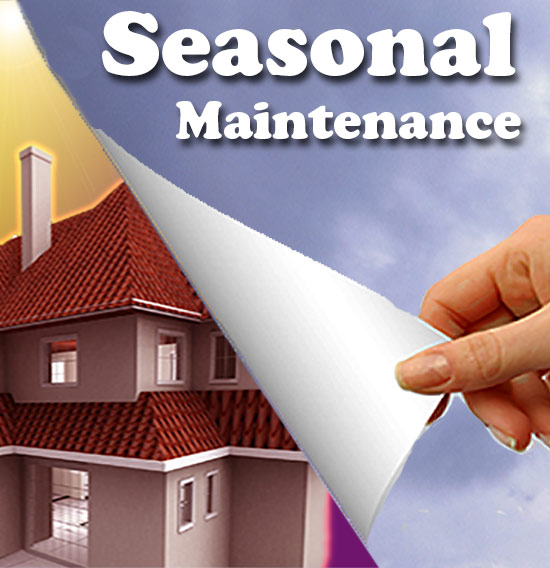 Seasonal Home Maintenance Checklist
Seasonal Home Maintenance Checklist Cleaning Bathroom Tile Grout
Spring Cleaning Tips
Stain Removal
Odor Eliminator
Kitchen Garbage Disposal
How to Declutter
Windows
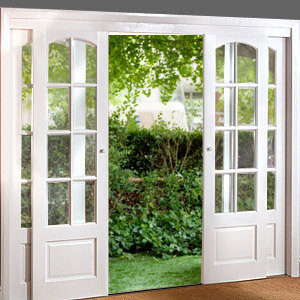 French Window
French Window Casement Window
Bay Window
Replace Home Window
Retractable Awning
Curtain Valance
Silk Curtains
Lightings
Wrought iron chandeliers
Hybrid Solar Lighting
Motion Sensor Outdoor Lighting
Lamp Shade
Home Lighting Fixture
Chandelier Lighting
Foyer Lighting
Recessed Lighting Fixtures
Home Security
Burglar Alarm System
Video Surveillance Camera
Web Security Cameras
Security cameras
CCTV Cameras
Driveway Alarm
Home Electronics
 Windows 10 Tips for Power Users
Windows 10 Tips for Power UsersSmart Home Tips
Patio Radiant Heaters
Solar Water Heater Systems
Driveway Gates
Vacuum Cleaner Review
Dehumidifier
Clothes Dryer
Integrated Dishwasher
RFID Technology - RFID Application
Lower Energy Bills
Reduce Carbon Footprint
Electronic Pest Control
Home Appliance Maintenance
 Washing Machine Maintenance
Washing Machine Maintenance Ionizer Air Purifier
Vacuum Cleaner Maintenance
Appliance Maintenance - Refrigerator
Dishwasher Maintenance
Do it yourself Home Improvement
Kitchen Appliances
Budget Kitchen Upgrade
Food Steamer
Waffle Iron
Garment Steamer
Crepe Maker
Kitchen Blender
Meat Grinder
Juicer
Gas Grill
Barbecue Smoker
Kitchen Improvement
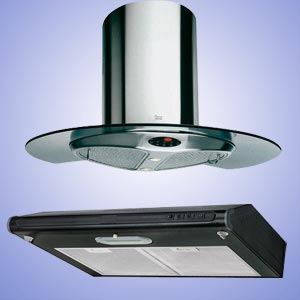 Types of Cutlery
Types of Cutlery New Kitchen Countertops
Kitchen Cabinet
Kitchen Chimney Hoods
Kitchen Pantry
Kitchen Knife
Metal Bread Box
Kitchen Canister
Kitchen Remodeling Idea
Kitchen Furniture
Kitchen Faucet
Kitchen Lighting Idea
Custom Kitchen Island
Ceramic Kitchen Sink
Kitchen Backsplash Tile
Crockery
Barbecue Grilling Tip
Stainless Steel Tableware
Bath
Bathroom Sink Vanity
Shower Enclosures Kits
Shower Massage Panel
Bath Safety for Seniors
Inground Swimming Pool
Swimming Pool Maintenance
Replacing Bathroom Fixtures
Remodel Bathroom
Bath Tub Restoration
Jacuzzi Tub
Bedding
Organic Mattress
Memory Foam Mattress
Water Bed Mattress
Childrens Bunk Beds
Adjustable Bed
Neck Pillow
Luxury Bed linen
Furnitures
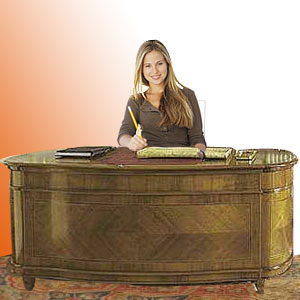 Writing Desk
Writing Desk Bedroom Furniture
Furniture Restoration
Bar Stool
Antique Furniture
Bedside Table Design
Picnic Table
Storage Ottoman
Kitchen Buffet Furniture
Contemporary Furniture Guide
Rustic Furniture
Space Saving Furniture
Wood Furniture Care
Top of the Page: DIY Damp Proofing
Popularity Index: 102,312

